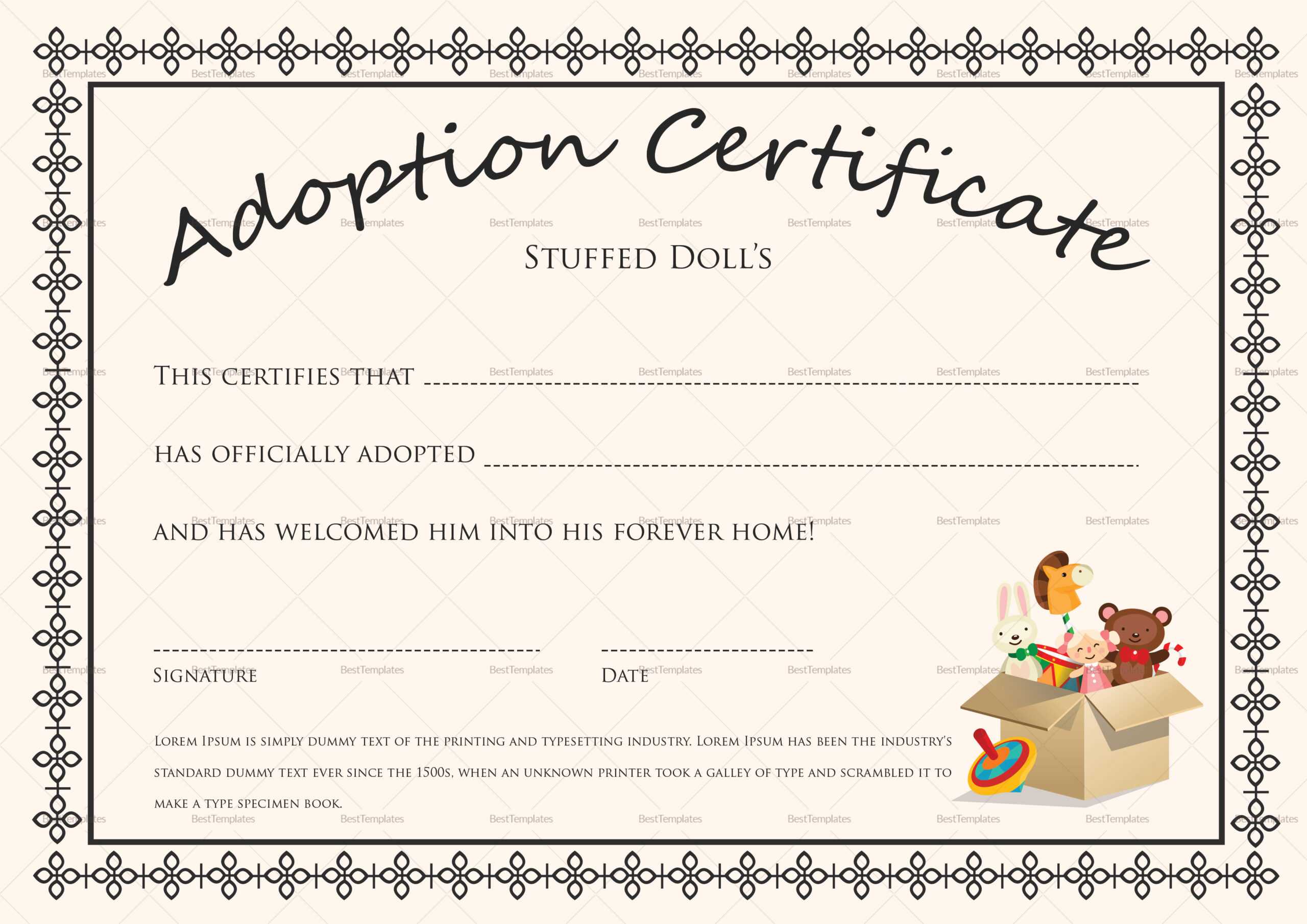Navigating Pet Adoption Paperwork: What to Expect

When you decide to adopt a pet, the process often involves much more than simply falling in love with a furry friend at a shelter or rescue organization. Pet adoption paperwork is a critical step that ensures both you and your new companion are set up for a successful and legally sound start together. This guide will help you understand what to expect, how to prepare, and what the various documents signify during the pet adoption process.
Understanding the Adoption Application

Your journey into pet parenthood starts with the adoption application. This form serves multiple purposes:
- It helps shelters determine if you’re a suitable match for the pet you wish to adopt.
- It gathers important details about your living situation, lifestyle, and experience with pets.
- It collects information that ensures your pet’s needs can be met.
Here are some typical questions you might encounter:
| Category | Example Questions |
|---|---|
| Personal Information | Full name, contact details, employment status |
| Pet History | Previous or current pets, experience with pets |
| Living Situation | Type of residence, yard availability, other pets |
| Pet Care | Veterinarian information, plan for pet care during work hours |
| Lifestyle | Activity level, family composition, daily schedule |

🏡 Note: Shelters and rescue organizations might tailor their applications to better understand if a potential adopter can provide a forever home for the pets they care for.
Home Visit and Vet Checks

Many organizations conduct home visits to ensure:
- The living environment is safe and appropriate for a pet.
- Your information in the application is accurate.
- There are no visible hazards or concerns that could affect the pet’s health or safety.
Additionally, some might:
- Contact your veterinarian for references if you have had pets before. This helps them understand your history with pet care.
Adoption Contract

The adoption contract is a legally binding agreement. Here’s what it usually includes:
- Pet’s Details: Name, age, breed, microchip number.
- Adopter’s Obligations: Commitment to provide food, shelter, medical care, and love.
- Shelter’s Rights: They can reclaim the pet if conditions aren’t met.
- Return Policy: Provisions for returning the pet if the adoption doesn’t work out.
- Spay/Neuter Agreement: If not done, adopters might need to commit to this procedure.
📝 Note: Always read the contract carefully before signing to understand your responsibilities and what the shelter might do if you can no longer care for the pet.
Health and Vaccination Records

Upon adoption, shelters often provide:
- Vaccination records, which can include rabies, distemper, and others based on the pet’s age.
- Information on any current medical treatments or medications the pet is on.
- Deworming and flea/tick treatment history.
It’s crucial to keep these records safe and update them as your pet grows and receives medical care.
Microchipping and Registration

Many shelters ensure pets are microchipped before adoption:
- The microchip is a small chip inserted under the pet’s skin, providing a unique ID number.
- You’ll need to register this number in a pet recovery database with your contact information.
- Some shelters will register this for you; others might require you to do it.
Fees and Expenses

Adoption fees typically cover:
- Basic veterinary care like vaccinations, spaying/neutering, and health checks.
- The cost of food, shelter, and care while the pet was at the shelter.
💸 Note: Remember, adoption fees do not usually cover the full cost of care; they help support the shelter’s efforts to rescue and care for more animals.
Post-Adoption Support

Reputable shelters often offer:
- Follow-up visits or calls to ensure a smooth transition for the pet.
- Advice and support on behavior issues or training.
- Access to resources like pet training classes or support groups.
They might also provide a list of local veterinarians or pet services to help you in your new role as a pet parent.
In embracing pet adoption, you're committing to a journey filled with responsibility, love, and paperwork. Understanding each document's role, from the adoption application to health records, ensures you’re prepared for the challenges and joys of pet parenthood. Remember, adoption is not just about the paperwork; it's about providing a forever home to an animal in need.
What is the purpose of the adoption application?

+
The adoption application helps shelters determine if you’re a suitable match for the pet. It provides detailed information about your lifestyle, living situation, and experience with pets to ensure the pet’s needs can be met.
Do I need to have a yard to adopt a pet?

+
Not necessarily. Many pets, especially cats, adapt well to apartment living. However, dogs often need more space, but lack of a yard doesn’t automatically disqualify you; it’s about providing enough exercise and mental stimulation.
What happens if I can’t care for the pet anymore?

+
Many adoption contracts include provisions for returning the pet to the shelter. This ensures the pet can find a new, suitable home if circumstances change for the adopter.
Is microchipping required?

+
While not legally required everywhere, many shelters microchip pets to increase the chance of them being returned if lost. The microchip provides identification in case of a lost or stolen pet.